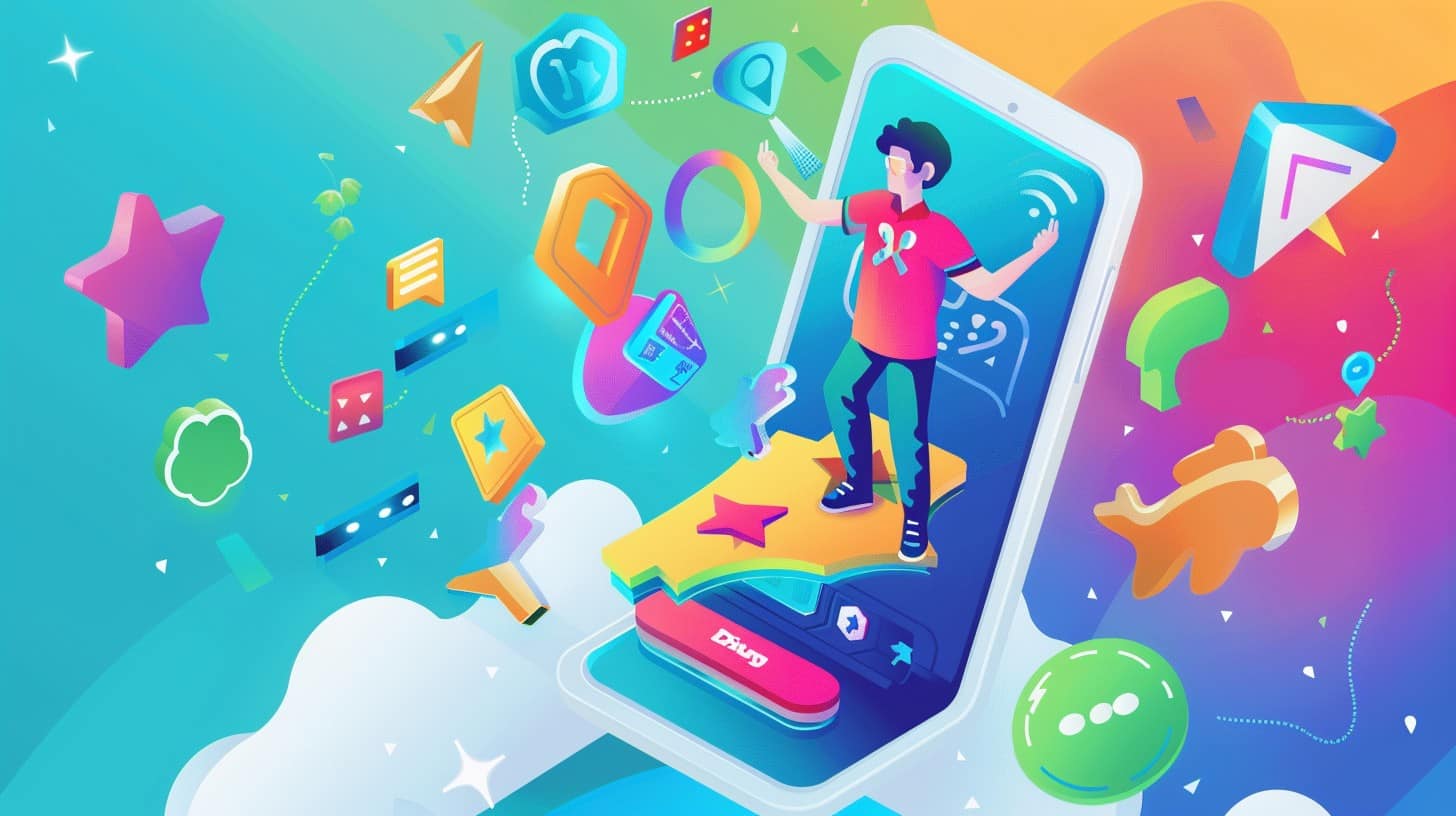Struggling to keep customers coming back? By 2029, gamification in loyalty programs is set to hit USD 48.72 billion. This article will show you 5 key strategies to dramatically increase customer engagement through gamified loyalty schemes.
Get ready for a game changer.
Key Takeaways
Gamification in loyalty programs will reach USD 48.72 billion by 2029. It uses games to make customers feel part of a community, increasing their returns and spending.
Key strategies include adding challenges and badges, encouraging social sharing, using leaderboards, organizing prize draws, and rewarding content consumption. These methods keep customers interested and active with the brand.
Starbucks, Chipotle, Dominos, Victoria’s Secret, and 7 – Eleven are successful examples. They use personalized rewards and interactive games to boost customer engagement and sales.
Measuring success involves tracking how often customers return and spend more over time. This shows if the gamified approach works well for keeping loyal buyers.
Making loyalty programs fun through gamification leads to higher sales, as customers enjoy earning points and rewards while connecting with the brand on a deeper level.
Table of Contents
Understanding the Psychology Behind Gamification
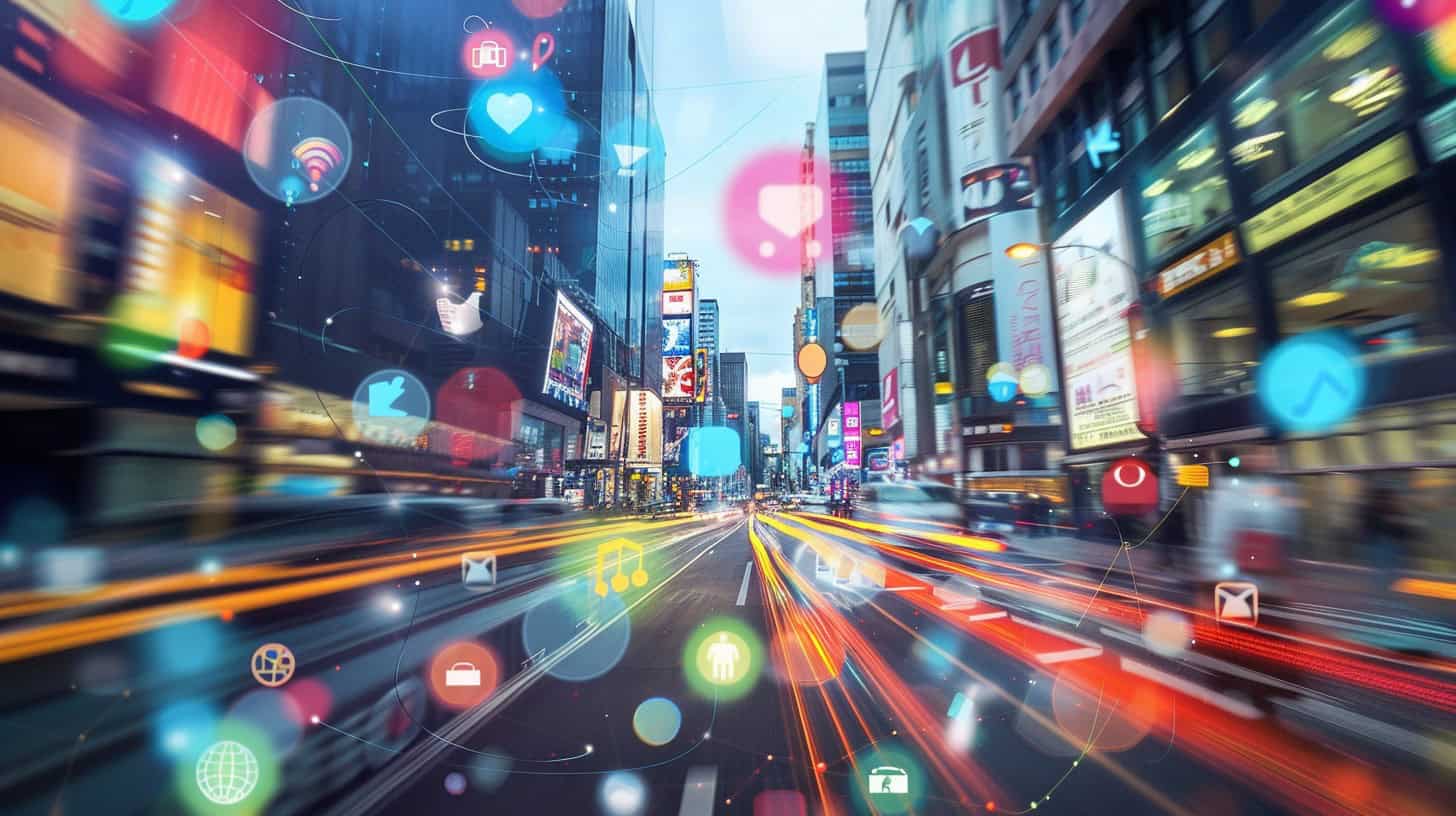
The psychology of gamification digs deep into Maslow’s Hierarchy of Needs. It ties directly to our desire for love, belonging, and self-esteem. Games in loyalty programs hit these buttons hard.
They make us feel part of something bigger—like we belong to a community or group. This connection keeps us coming back for more, eager to climb higher or earn that next badge.
I’ve seen it firsthand in iGaming where competition and rewards tap right into our need for recognition and achievement. This insightful analysis from iGaming on player retention shows just how powerful these triggers are.
Each level-up or reward not only boosts our ego but also hooks us deeper into the game, making regular interaction almost second nature—an action we crave rather than one we contemplate doing tomorrow or the day after.
Exploring the Key Benefits of Gamified Loyalty Programs
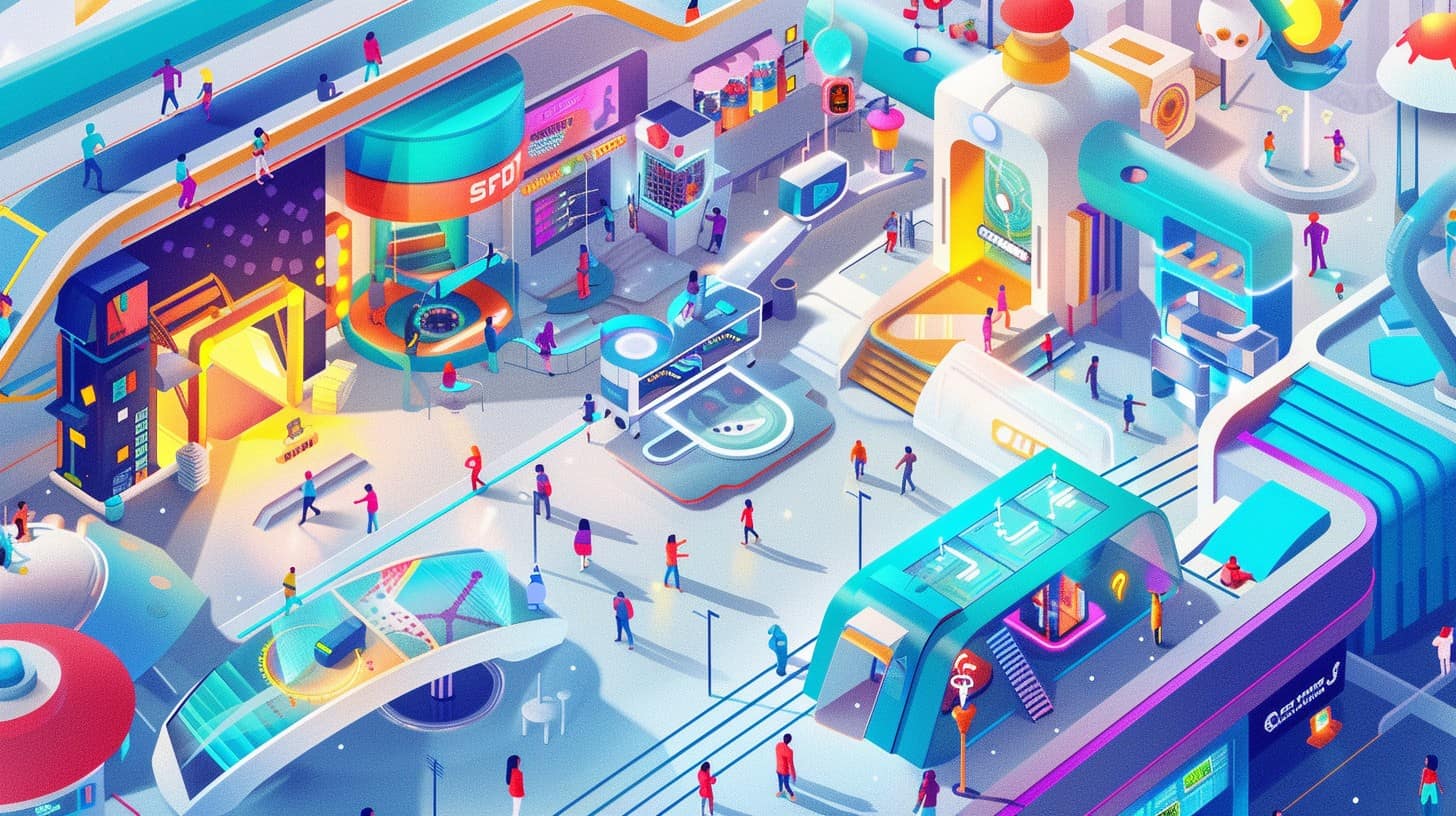
Gamified loyalty programs turn everyday shopping into fun play. They make customers come back, spend more, and feel special to the brand.
Boosting Customer Engagement
Brands using games see a 47% rise in engagement. Playing a game makes 60% of people more likely to buy from that brand. It’s clear, then, gamified loyalty programs work wonders for keeping customers interested.
Games turn everyday tasks into fun challenges. This draws people back over and over again.
Next comes improving customer retention.
Improving Customer Retention
Keeping customers coming back is crucial. Gamified loyalty programs do this well by making shopping fun and rewarding. For example, I joined a coffee shop’s rewards program that used games to earn points.
It was exciting to collect points for each purchase and compete in challenges for extra rewards. This approach definitely made me visit more often.
Customers spend 67% more in their second year with a business, showing the power of such programs. Making every interaction count helps turn one-time buyers into loyal fans. This strategy boosts brand loyalty by linking great experiences with your brand.
Loyalty isn’t just earned; it’s nurtured through consistent, positive interactions.
Let’s now look at how increasing customer spend works hand-in-hand with retention efforts.
Increasing Customer Spend
Holding on to customers makes them open their wallets wider. Research is clear: loyalty program members throw in 27% more cash when they feel a strong emotional tie. By year two, these spenders splash out an impressive 67% more at businesses they’re loyal to.
Gamified loyalty programs turn this up a notch by making every purchase and action feel like hitting a jackpot.
Imagine getting points not just for buying, but also for playing online games or sharing on social media. This isn’t make-believe—it’s what smart brands are doing right now. Starbucks and Chipotle are champs here, crafting experiences that get you hooked and spending more without blinking.
It’s all about those little wins that lead to unlocking exclusive rewards or climbing up leaderboards—each step promising bigger treats and fueling the desire to buy one more coffee or burrito to score that next big reward.
Creating Unique Brand Differentiation
Games make loyalty programs stand out. They turn customers into fans. Brands use games to show what makes them special. This means adding challenges, rewards, and social sharing to their programs.
For example, Starbucks Rewards uses coffee-themed tasks to engage buyers. Every game or challenge matches the brand’s style.
This approach attracts more millennials and GenZ who love gaming. By 2029, gamification in loyalty schemes will hit USD 48.72 billion with a big push from these groups. Unique games help brands shine among others, keeping customers coming back for more fun experiences and rewards tailored just for them, like exclusive offers or early access to new products – something different from everyday discounts or points systems that everyone else offers.
Key Features of Successful Gamification
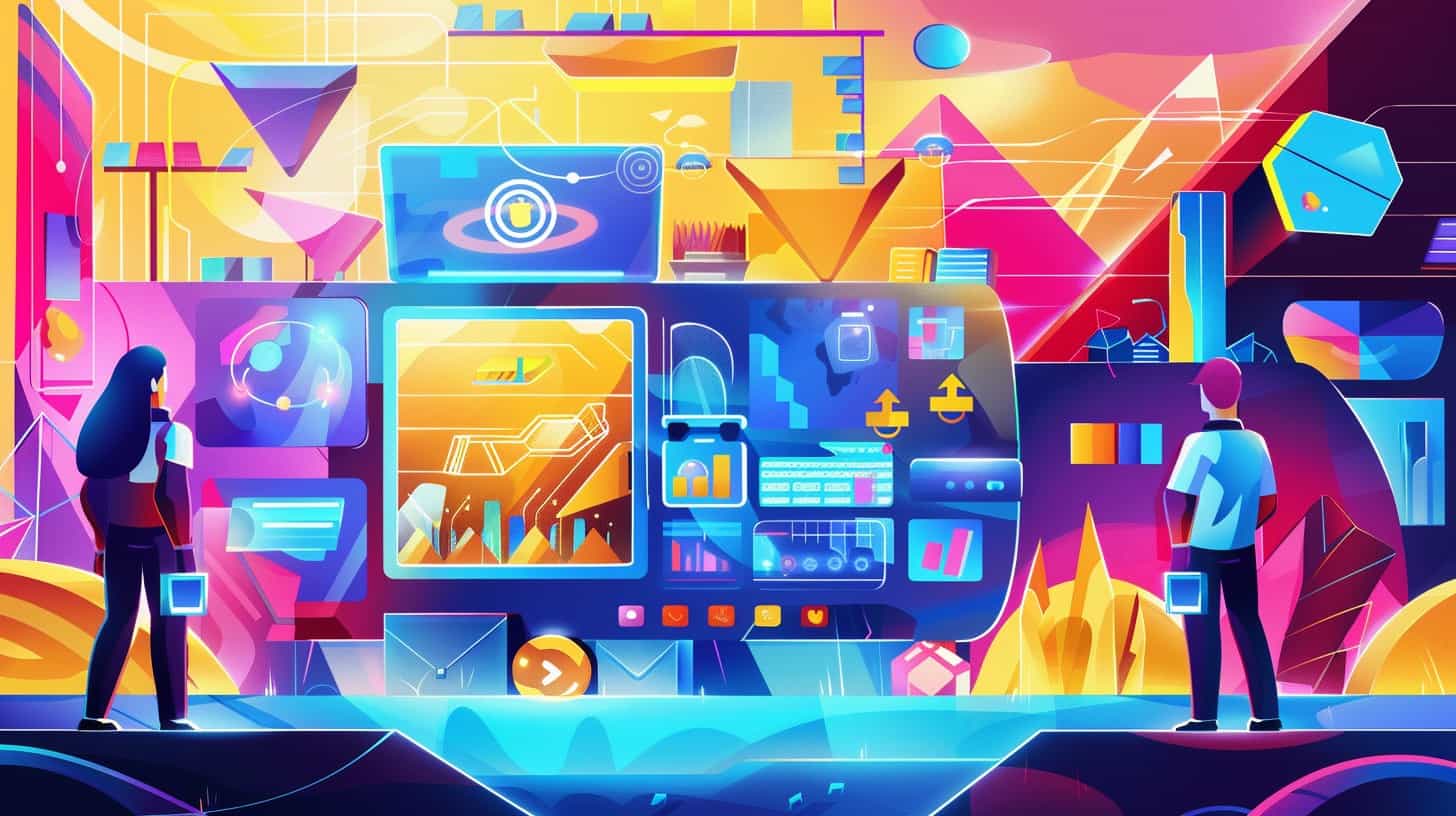
To win in gamification, you’ve got to keep players coming back. Add challenges, badges, and leaderboards… This sparks competition and keeps it exciting.
Introducing Challenges and Badges
Challenges and badges work wonders for keeping customers coming back. They turn regular tasks into fun activities.
Gamified challenges motivate people to engage more. For example, a challenge may ask users to log in every day. This simple action keeps the brand top of mind.
Badges serve as rewards for accomplishing these tasks. Earning a badge feels good. It’s like getting a gold star for effort.
Sports tracker apps use this method well. Take Bergzeit Club, which rewards users for daily activities. Each activity completed earns points toward badges.
Social media shares are big too. Users earn special badges for sharing their achievements online. This spreads word about the brand without spending extra on ads.
Progress tracking is a key feature here. Customers can see how close they are to the next badge or reward level. It pushes them to keep going.
Leaderboards add competition, making it even more engaging. Seeing your name rise up the ranks boosts motivation.
Prize draws link to badges earned; more badges mean more entries. It makes earning badges even more exciting.
Every new badge unlocks unique perks or discounts, tying effort directly to value.
Customers get exclusive access or products as they reach higher levels – think members-only sales or early product releases.
This approach transforms passive buyers into active participants who interact with your brand regularly.
Encouraging Social Interactions
Social interactions boost loyalty. They make customers feel part of a community. Here’s how to do it:
- Create shareable challenges. Customers love sharing their achievements. Make challenges they can share on social media platforms. This gets more people talking.
- Enable leaderboard visibility. Everyone likes to see where they stand. Show customers their rankings compared to others. This encourages friendly competition.
- Offer rewards for referrals. When customers invite friends, give them something special. It could be points or discounts on their next purchase.
- Host online events and contests on social networking sites. These can be trivia nights or themed photo contests related to your brand.
- Encourage user – generated content by having customers post about your product with a specific hashtag.
- Implement chat features or forums on your app or website where customers can talk and share tips.
My first-hand experience highlights the power of such strategies in fostering engagement and community spirit among users, driving both retention and word-of-mouth marketing almost effortlessly.
Next, let’s look at incorporating leaderboards into your program…
Incorporating Leaderboards
Leaderboards add a fun twist to loyalty programs. Dunkin’ Donuts’ DD Perks app shows this well with its digital scoreboards. Here’s how they pump up customer involvement:
- Leaderboards push users to climb higher. They want to see their names up top. This means customers visit more and buy more often.
- They create a space for friendly rivalry. Seeing others’ scores, people feel a nudge to outdo them. It’s all in good spirits but drives real action.
- Updates happen in real time. As soon as someone grabs a coffee or snack, their score refreshes. This instant feedback keeps the excitement alive.
- Leaderboards also celebrate top spenders and frequent visitors with public recognition. Who doesn’t like seeing their name lit up for all to see? Plus, it makes others want that spot.
- They’re vital for setting clear goals, as mentioned earlier about best practices for implementation. Each level or point value on the board represents a target waiting to be hit.
- Offer exclusive perks for those leading the charts at month’s end—an extra latte, perhaps? The thought of winning something special keeps everyone coming back.
My firsthand peek at these leaderboards tells me they work wonders—a simple glance at my standing fuels my next visit faster than any ad could.
Excitement builds as you move up the ranks… And let’s not forget, this pulls double duty by collecting valuable engagement metrics behind the scenes too.
Moving on, we’ll explore how prize draws can similarly elevate customer enthusiasm and participation levels in loyalty schemes—adding yet another layer of engagement.
Organizing Prize Draws
Right after leaderboards make things exciting, organizing prize draws takes customer excitement to the next level. Yeo Valley Organic’s Yeokens program does this well with a prize wheel. Here’s how you can add prize draws to your loyalty program:
- Choose prizes that matter to your audience. If you’re targeting geeks, think about tech gadgets or exclusive access to gaming events.
- Set up a system for entries. Consider giving one entry per purchase or rewarding actions like sharing on social media.
- Keep it simple but thrilling. A digital spin wheel or a random draw app can add fun without complicating things.
- Make sure everyone feels they have a chance by offering smaller consolation prizes alongside the big wins.
- Use email and mobile notifications to announce winners, keeping everyone in the loop and building anticipation for the next draw. Engage participants via mobile push messaging to instantly inform them about draw results and upcoming opportunities.
- Collect feedback through surveys or comments to see what prizes your audience loves most.
- Analyze data from each draw to improve future ones—look at participation rates and which prizes drive the most engagement.
With these steps, your prize draws will keep customers coming back, eager for more chances to win.
Rewarding Content Consumption
Gamification turns watching videos and reading articles into fun. Players earn rewards for each piece of content they engage with.
- Points for videos watched: Give customers points for every video they watch. This makes learning about your products or services more exciting.
- Badges for articles read: Award badges when customers read articles or blog posts. It feels like a mini-achievement.
- Progress bars fill up: Show a progress bar that fills as customers consume more content. It visually tracks their journey, pushing them to engage more.
- Special rewards for milestones: Offer special prizes when customers reach certain milestones, like watching 10 videos or reading 5 articles. This encourages ongoing engagement.
- Access to exclusive content: Unlock exclusive videos or articles after a set number of engagements. This gives users something unique to look forward to.
- Leaderboards for top consumers: Feature leaderboards showing who has consumed the most content. A little competition adds excitement.
- Polls and quizzes with instant feedback: Include polls and quizzes in your content, giving instant rewards for participation. This turns passive reading into an interactive experience.
- Shareable achievements on social media: Let users share their badges and progress on social media platforms like Facebook, creating buzz around your brand.
- Custom challenges based on past consumption: Create challenges tailored to the types of content previously engaged with, ensuring relevance and further interest.
Each strategy ensures users come back for more, deeply integrating them into the digital environment of your brand while rewarding their curiosity and loyalty.
Best Practices for Gamification Implementation
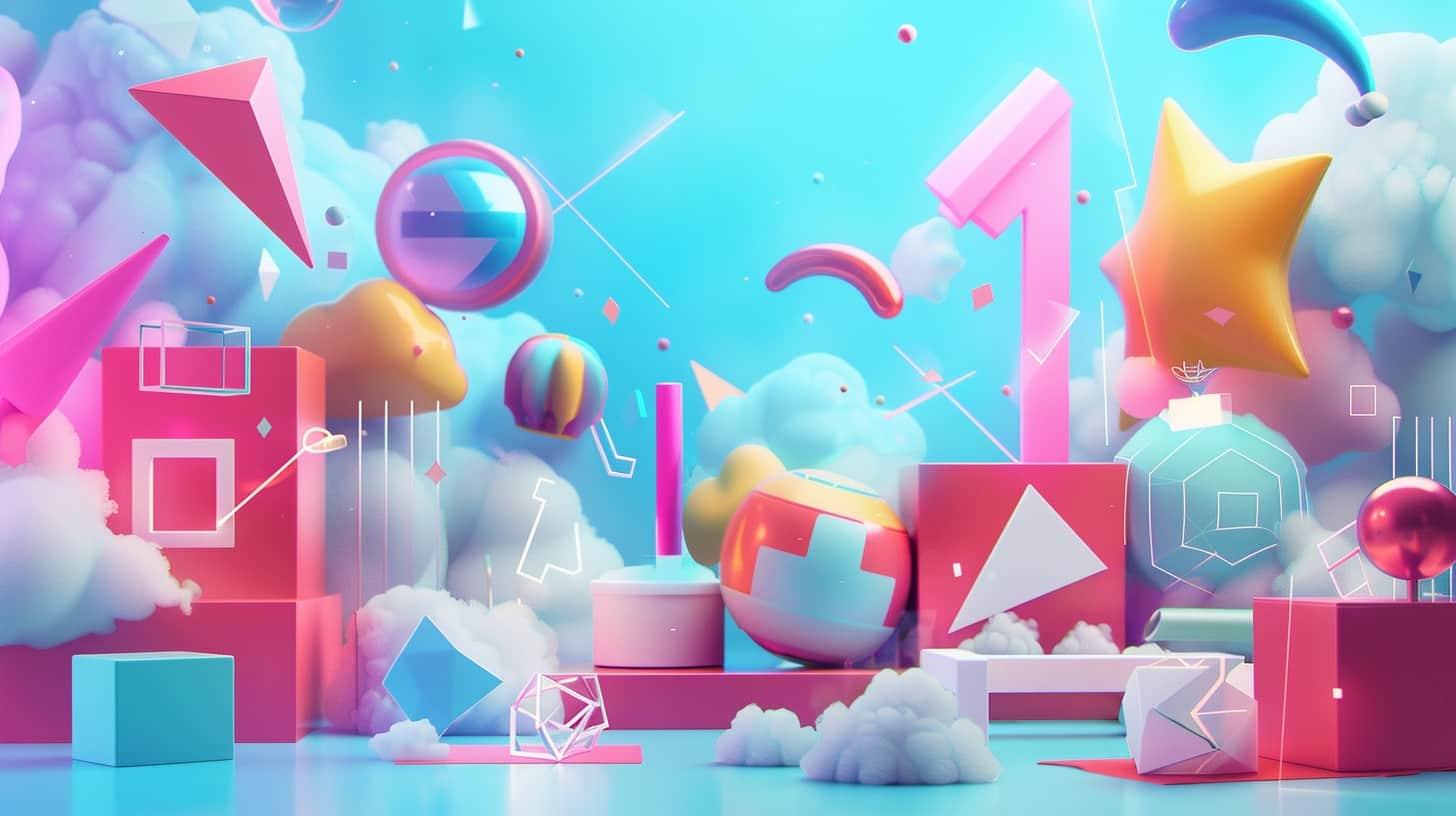
Making gamification work means setting clear goals and knowing who you’re talking to. Tools like CRM systems and data analysis, along with concepts like customer journey and experience design, can guide you.
Setting Clear Goals
Setting clear goals is key. It starts with knowing exactly what you want your gamified loyalty program to achieve. For example, if the goal is to boost customer spend, each game element must push customers toward spending more during each visit.
We saw this in action with our recent project—our target was a 23% increase in fully engaged customers, based on Gallup’s findings.
To hit these targets, we focus on specifics. Like aiming for a certain increase in customer visits per month or raising the average purchase amount by a specific percentage. Clear objectives guide every decision, from choosing which challenges to offer to deciding the rewards that will motivate our audience best.
This approach gets results because it aligns every part of the program with well-defined outcomes.
Knowing Your Audience
To skyrocket customer engagement in loyalty programs, it’s vital to get who your audience is. For geeks and gamers, this means creating something that sparks their interest like challenges and levels.
A fact to note: 40% of millennials and GenZ are on the lookout for loyalty programs that are not just points and purchases but include entertaining games. These stats show there’s a huge demand for gamification among younger customers, making it essential for brands to tap into what makes their audience tick—whether it’s competition, achievement, or community building.
Understanding your target demographic helps tailor marketing strategies effectively, ensuring they hit the mark with preferences and behaviors. For instance, incorporating elements from popular video games or mobile gaming trends can attract geeks looking for an immersive experience beyond traditional rewards cards or frequent flier perks.
Next up: Streamlining User Experience ensures these tailored strategies are seamless and enjoyable.
Streamlining User Experience
Making the user experience smooth is key. Imagine clicking through a loyalty program, and every step is fast and easy. That’s what customers want. For instance, using Antavo’s loyalty platform makes joining challenges simple.
Users just tap once to start earning points or badges. The Garmin API connects fitness achievements directly to rewards in real time.
Next, we ensure the game fits everyone’s interests by offering diverse rewards.
Providing Diverse Rewards
Offering varied prizes makes loyalty programs more appealing. For instance, Simply Be rewards customers for sharing photos with their products. This engages users on a personal level.
Chick-fil-A’s program has three levels of rewards, pushing customers to spend more to reach higher tiers. Such systems excite members by providing different goals and perks.
Using points for coffee shops or frequent flyer programs adds another layer of engagement. Customers earn points not just by buying, but also through activities like online training or posting reviews.
This method turns routine actions into chances for rewards, keeping the interest high and encouraging continuous participation. Variety in rewards ensures that there’s something attractive for every type of user, making them feel valued and understood.
Case Studies: Successful Gamified Loyalty Programs

Check out how big names—like Starbucks, Chipotle, Dominos, Victoria’s Secret, and 7-Eleven—turned their rewards systems into fun games to keep customers coming back for more. Get inspired by their smart moves.
Analyzing Starbucks’ Strategy
Starbucks Rewards uses QR codes to offer personalized suggestions and content. Members who feel a strong connection spend 27% more. Starbucks’ approach shows how data analytics, focusing on customer behaviors, boosts loyalty and sales.
They track purchases with electronic communications, learning what fans like. This strategy keeps customers coming back, increasing their value over time.
The program rewards visits with points for free food or drinks. It’s smart—they make sure rewards match what customers want most. The use of mobile applications makes it easy to collect points and find new favorites, encouraging daily visits.
Starbucks proves that knowing your audience and rewarding them wisely leads to success in loyalty programs.
Examining Chipotle’s Approach
Chipotle’s loyalty program stands out. They saw a 35% rise in visits after starting their reward system. This approach cleverly mixes customer love for food with winning points. Customers earn rewards for every purchase, turning casual dinners into devoted fans.
The more you eat, the more you earn is Chipotle’s simple yet powerful way to keep customers coming back.
Their method uses gamification perfectly by letting users track progress and unlock new levels of rewards. I tried it myself; the excitement grows with each visit as you get closer to your next treat.
It’s not just about meals—it’s about hitting those milestones and feeling rewarded.
Reviewing Dominos’ Tactics
Dominos Pizza Chef turns ordering pizza into a game. Customers create their dream pizzas and earn rewards. This tactic hooks people by making them part of the experience. It’s clever – you play, you order, you get points.
Every point feels like a win. You want more, so you order again. Dominos knows this game well. They’ve made loyalty fun and rewarding, encouraging customers to keep coming back for that next slice…
And the next reward. It’s not just pizza; it’s an engaging journey where every choice brings a tasty bonus.
Exploring Victoria’s Secret Techniques
Victoria’s Secret PINK Nation app hooks users with points for contest sign-ups. It draws them deeper into the brand world through polls, quizzes, stickers, and wallpapers. This mobile application ensures customers stay engaged and often leads them to spend more in pursuit of rewards.
Half of the app’s users change their buying habits to climb to higher reward tiers. Victoria’s Secret cleverly uses this technique to increase customer loyalty and spending. They make sure shopping is not just about buying, but a fun game where everyone wants to score higher points or reach new levels.
Assessing 7-Eleven Innovations
7-Eleven leads with innovation, using gamification to draw customers in. They set up daily or weekly streaks where buyers come back to make more purchases. The idea is simple but powerful.
Keep coming back, and the rewards get better. They also throw in treasure hunts—a fun twist that turns shopping into an adventure. Here, customers hunt for hidden gems in their stores for extra points or special prizes.
This approach taps into something deep—everyone loves a good challenge and the thrill of finding treasures. It’s not just about buying; it’s about being part of a game where every visit counts more than the last one.
Gamification like this keeps customers engaged and makes them feel valued.
7-Eleven transforms everyday shopping into interactive experiences with gamification.
Next, we’ll dive into how tracking customer retention rates reveals these strategies’ success.
How to Measure the Success of Gamified Loyalty Programs
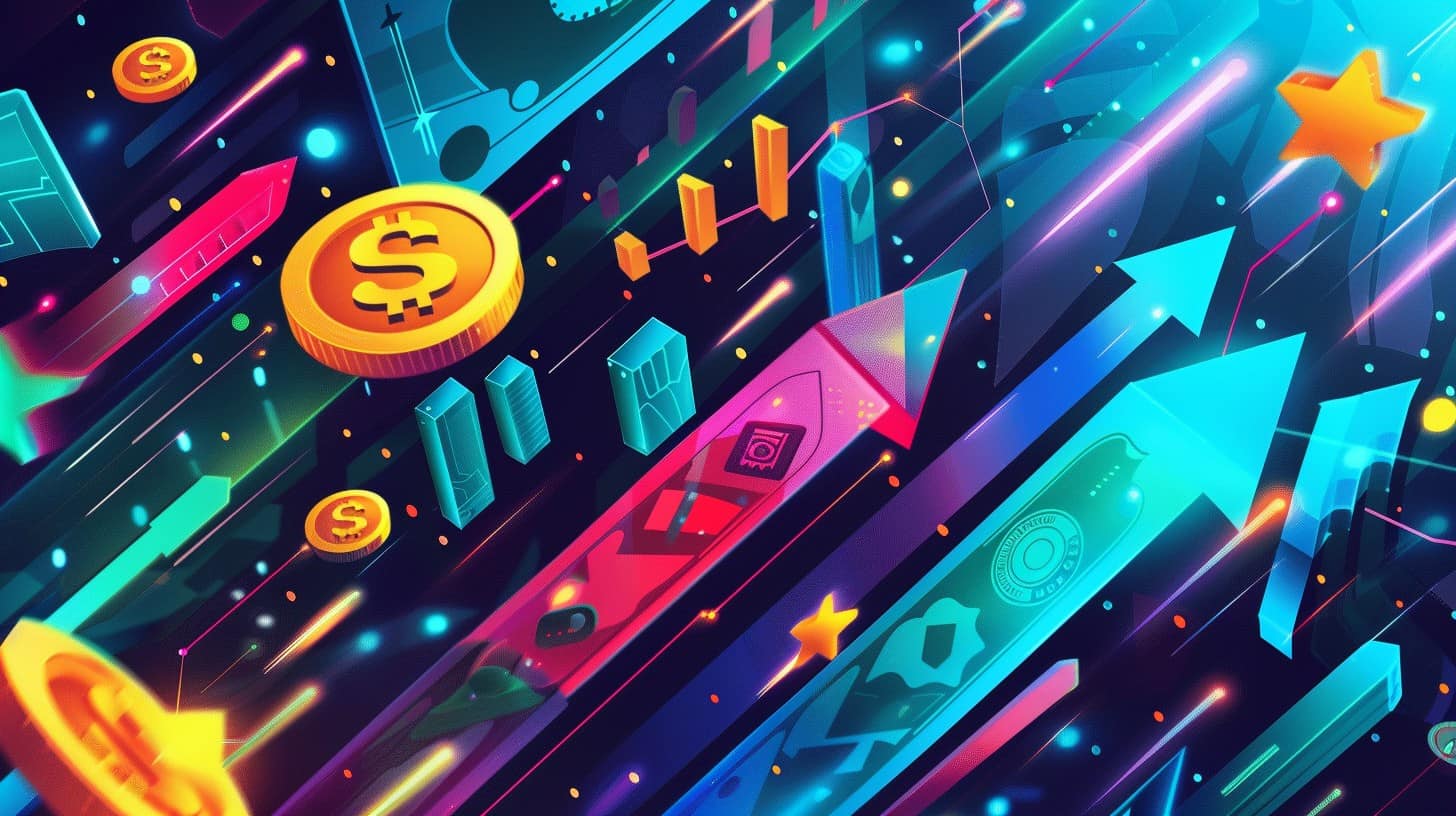
To see if your game-like loyalty program works, look at how often customers come back, how much they engage, buy more often, and what they say. Want to learn more? Keep reading to dive deeper into the world of gamification.
Tracking Customer Retention Rates
Tracking customer retention rates is crucial. It shows how well a business keeps its customers over time. A good way to do this is by looking at how many customers come back. For instance, businesses often find that customers spend 67% more in their second year.
This means keeping track of these numbers helps firms understand if their loyalty programs are working.
Tools like customer relationship management (CRM) systems can help with this tracking. They store information on purchase history and customer interactions. With CRM data, companies can see patterns, such as when people buy more or stop buying altogether—called churn rate.
Knowing these details lets businesses make better decisions on how to keep their customers happy and coming back.
Evaluating Engagement Metrics
Check how often customers join in and how much time they spend. This shows if they like the program. Look at how many take part regularly and level up. High numbers mean success.
Brands using games get 47% more action from customers. Happy ones pay 23% more, Gallup finds. Watch for these changes after starting gamified loyalty.
Next, see if clients buy more often with these new tricks.
Monitoring Purchase Frequency
Keeping an eye on how often customers buy is key. We use tools and techniques to track this. For example, loyalty programs see a 35% boost in restaurant visits. This data shows us if the program works well.
By checking purchase rates, we understand customer behavior better.
This approach helps spot trends and make smart changes to our strategy. Next, we look at gathering customer feedback for deeper insights.
Gathering Customer Feedback
After looking at how often customers buy, it’s clear that their opinions matter a lot. Feedback from them helps us learn and improve. We use surveys, online reviews, and direct messages to hear what they think.
This way, we know exactly what works and what doesn’t in our loyalty programs.
For example, only 44% of people feel thanked after using points. We asked our customers how they want to be recognized. Many said they like emails or app notifications that say thank you.
So, we started doing that more. It made a big difference in how happy they felt with us.
Upcoming Trends in Gamification

Soon, games will blend with our real world through augmented reality… Personal touches in games make each experience special for us. AI changes how we play, making every game unique to who we are.
Integrating Augmented Reality (AR)
Augmented Reality (AR) makes loyalty programs come alive. Picture using your phone to see virtual rewards or challenges in the real world. It’s happening now. Brands are using AR to create experiences that customers can’t get anywhere else.
This technology lets people interact with products and rewards in a fun, immersive way.
For instance, a coffee shop could let you scan a QR code with your smartphone. Suddenly, you see a digital coffee cup on the table through your screen. Fill it ten times by buying coffees, and get one free.
This method turns everyday actions into exciting games. Customers love it because it’s new and different.
Next up, personalizing gaming experiences is changing how we play and win.
Personalizing Gaming Experiences
Personalizing gaming experiences makes every player feel special. Games track progress and choices, adapting challenges to fit skills and preferences. This approach boosts engagement, as gamers see their unique journey unfold.
Think of a game that changes based on decisions you make—it keeps you coming back for more.
For example, Starbucks Rewards transforms visits into a game by using QR codes. These codes bring up personalized content and offers—making each coffee run an adventure tailored just for you.
It’s like the game knows what coffee you love, suggesting new ones similar to your favorites. This kind of personal touch turns routine tasks into exciting quests with rewards that matter to the individual player.
By offering a personalized experience, businesses can significantly increase conversion rates. When customers feel that the loyalty program is tailored to their specific preferences and behaviors, they’re more likely to engage with the brand and make purchases. This level of personalization not only enhances customer satisfaction but also drives long-term loyalty and increased revenue.
Leveraging AI for Gamification
AI makes games in loyalty programs smarter. It learns what customers like and suggests fun challenges they will enjoy. For example, it can create personalized tasks for each user. This means a coffee lover gets points for trying new blends, while a music fan earns rewards for playlist shares.
AI tracks progress, gives feedback, and updates the game. This keeps customers coming back.
Using AI, businesses can predict trends and set up games before customers ask. They might notice people love sharing photos on social media. So, they start a photo contest related to their products.
Everyone who enters gets points; the best ones win big prizes. This approach keeps customers engaged and talking about the brand.
People Also Ask
How do loyalty programs use games to increase customer interest?
Loyalty programs add game elements—like points, levels, and rewards—to make shopping fun. Customers earn points for purchases, which can lead to discounts or special offers.
Can gamification boost how much customers buy?
Yes! By making shopping a game, customers feel excited to buy more. They aim for higher levels or rewards, increasing sales and brand loyalty.
What’s the key to success with gamified loyalty programs?
The secret lies in knowing your customers well. Use data on their likes and shopping habits to create challenges they’ll love. This personal touch keeps them coming back.
Are there examples of successful gamified loyalty programs?
Sure! Think Delta SkyMiles or Sephora’s Beauty Insider program. They offer points for flights or purchases that members exchange for free trips or beauty products.
How does technology shape these programs?
Artificial intelligence analyzes buying patterns, helping tailor offers that match what each customer wants most., Smartwatches and phones let shoppers track their progress easily.
Do these games respect privacy?
Absolutely., Gamified apps ask users about their privacy settings upfront. You choose what info you share and can opt out anytime.
